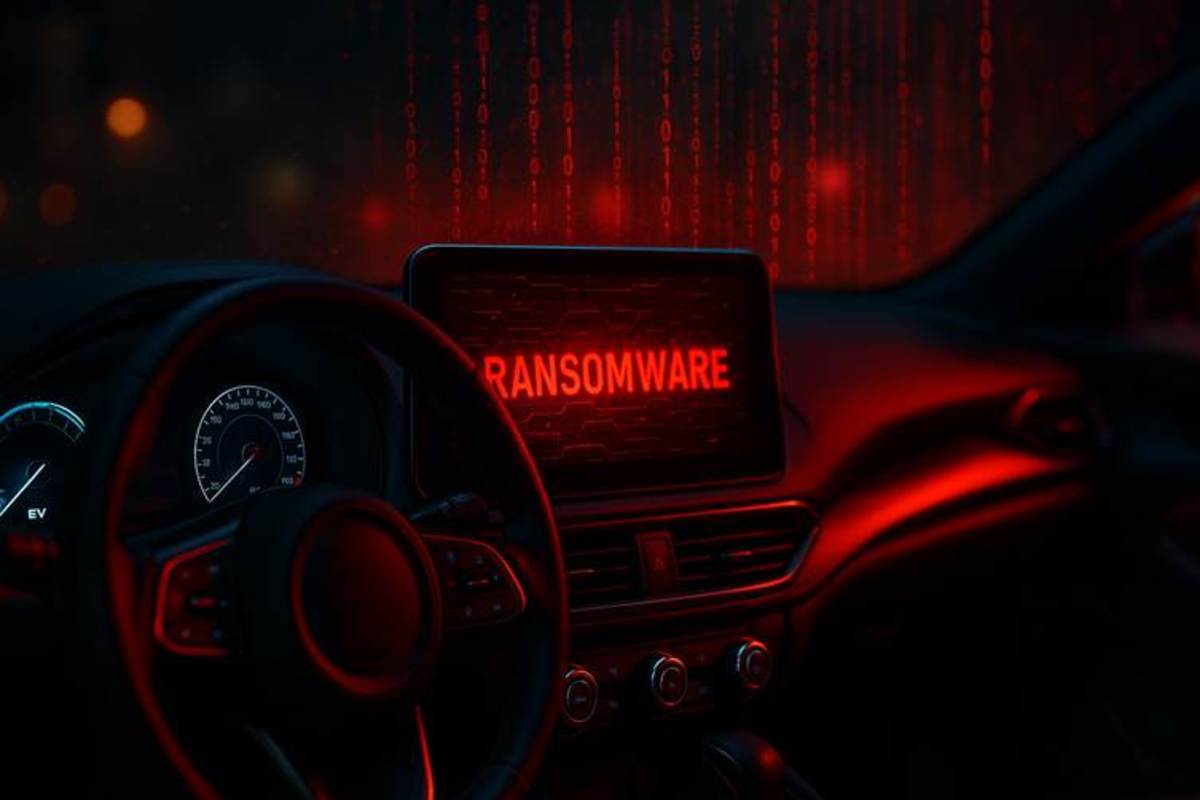Cyber Threats

There’s a new kind of road hazard out there, and it’s not something that can be seen in the rearview mirror. Cybersecurity threats have stepped into the fast lane of the automotive industry, with ransomware leading the charge. It’s reported that ransomware accounted for 45% of all automotive-related cyber incidents in 2025 alone. These cyber threats are not just small-scale stunts; in 2024, large-scale attacks affecting millions of vehicles more than tripled. Almost 60% of reported cyber incidents in 2023-2024 were significant enough to impact a substantial number of vehicles.
The alarming reality is that many of these incidents remain under the radar. Although 148 cyber incidents were officially disclosed in the first quarter of 2025, experts believe these are merely the tip of the iceberg. Cybercriminals, it seems, are moving from dealing in manual car hacks to orchestrating sophisticated, broad-scale attacks.
Connected Cars
Todays’ cars are not just about horsepower and torque anymore; they are about connectivity. Yet, this connectivity is a double-edged sword. Imagine heading to the car dealer, seeing a lineup of shiny new vehicles equipped with the latest tech – each infotainment system and GPS is a potential doorway for malicious actors. It highlights a serious consideration: instead of engine noise, a driver might soon hear demands for ransom.
From Code to Crisis
Modern cars are essentially rolling computers, and this makes them susceptible to ransomware. Often what happens is that attackers target the weakest links in the automotive chain, such as stolen credentials or compromised software. If they gain access, they can encrypt vital systems like navigation or even control of the ignition itself. This isn’t just a theft of information; it’s like pulling the plug on the entire vehicle.
Supply Chain Vulnerabilities
The intricate web that is the automotive supply chain makes it ripe for cyber infiltration. A simple phishing email can lead to malware infecting a firmware update that spreads throughout a fleet. Even minor suppliers can inadvertently pass on vulnerabilities to the biggest players. Ironically, even diligent manufacturers find themselves vulnerable due to these complex interconnections.
Routine to Risk
Imagine starting a car with a wave of a smartphone, a daily convenience. Now picture the app displaying a ransom demand instead of a “start” button. The negotiation there isn’t cheap, potentially more than a standard repair. Insurance companies are scrambling to catch up, figuring out policies and coverage for these unexpected claims. Conversations online are rife with debates over software updates and the risks of delaying patches, leaving cars exposed to hacking.
Trust Issues
With vehicles offering unprecedented features and seamless connectivity, trust becomes a serious concern. Will riders still feel safe when their hi-tech cars could easily fall prey to cyber manipulations? The engine roar might very well become a reminder of the silent threat running in the background.
There’s no need to feel completely at the mercy of these cyber threats. Some practical steps can be taken to secure a car and ensure peace of mind:
- Disable remote access features when not in use.
- Utilize strong, unique passwords for car-related accounts.
- Keep software and apps updated to patch vulnerabilities.
- Exercise caution with Bluetooth, Wi-Fi, and public charging stations.
- Store the key fob in a signal-blocking pouch.
- Avoid connecting to unknown networks.
- Choose trusted brands for any aftermarket gadgets and scrutinize their security history.
- Stay updated on security patches from automakers and report suspicious car behavior promptly.
Staying vigilant with these practices helps ensure that a car remains safe and secure, maintaining the integrity of both data and daily life.
GR Corolla Hits Europe
Lexus IS 500 Finale
Silverado 2024 Unleashed
Toyota's Exec Pay Gap
Corolla Cross Revamp